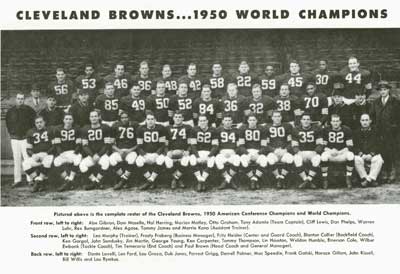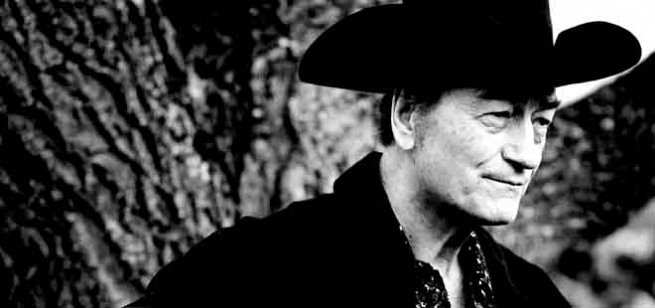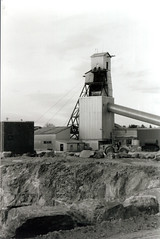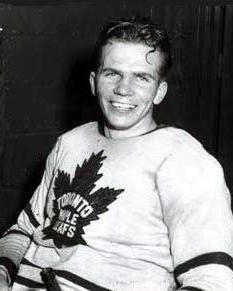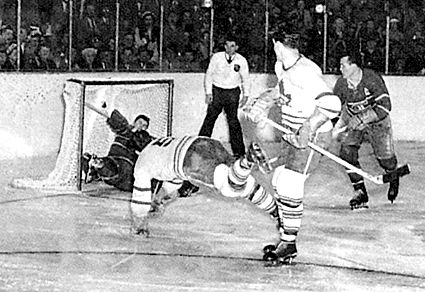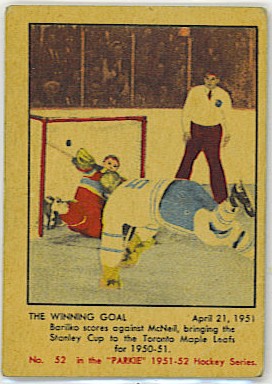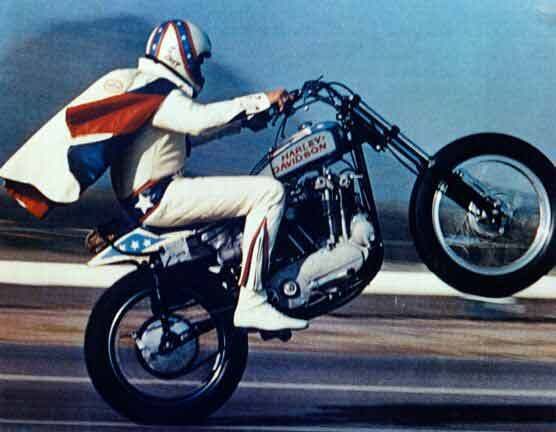Here are ten lasting structures that were originally built for World's Fairs.
1. Crystal Palace 1851
Made of a million square feet of glass, the Crystal Palace in London, England built for the World's Exhibition inspired many other structures: New York's Crystal Palace (1953), Philadelphia's Horticultural Hall (1876), Sydney's Garden Palace (1879), Paris' Grand Palais (1900) and Disney World's Crystal Palace (1971).

2. Eiffel Tower 1889
Built as a temporary structure to be dismantled later on, the 1063 foot high structure still stands today. Someone climbed its 1710 steps to plant the French flag on the day that it opened.

3. Krizikova Fountain 1891
Built for the General Land Exhibition in Prague, Austria, it now serves as a backdrop to a 6000 person amphitheatre.

4. Palace of Fine Arts 1893
Built for the World's Colombian Exposition, it has served both as the Museum of Natural History and the Museum of Science & Industry.

5. Golden Gate Bridge 1939
Built for the Golden Gate International Exhibit, it was the longest suspension bridge in the world at the time. It has been featured in many movies including Alfred Hitchcock's "Vertigo".

6. Atomium 1958
Built for the Brussels, Belgium Exposition, this represented an iron molecule enlarged 165 billion times.

7. Space Needle 1962

Built for the exposition in Seattle, Washington this needle houses a rotating restaurant.
8. Unisphere 1964
The largest globe in the world, in New York City, weighs 900,000 pounds and stands 140 feet high.

9. Buckminister Fullerdome 1967
This giant ball sits on the island of Montreal and used to house the U.S. Pavilion during Expo 67. Now it serves as the Environment Canada Biosphere.

10. Canada Place 1986
This Vancouver Expo building looks like a cross between a sailboat and the Sydney Opera House. It now houses a convention centre, hotel, office building, cruise ship terminal, retail centre, amphitheatre and promenade.

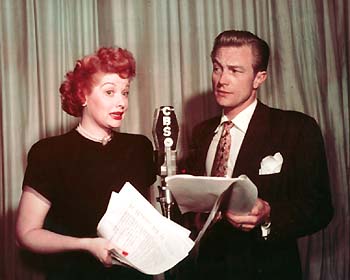







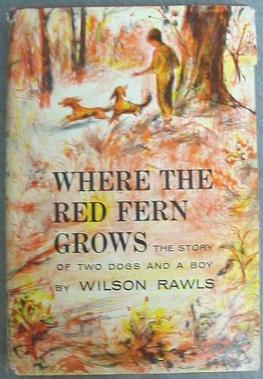






.jpg)
